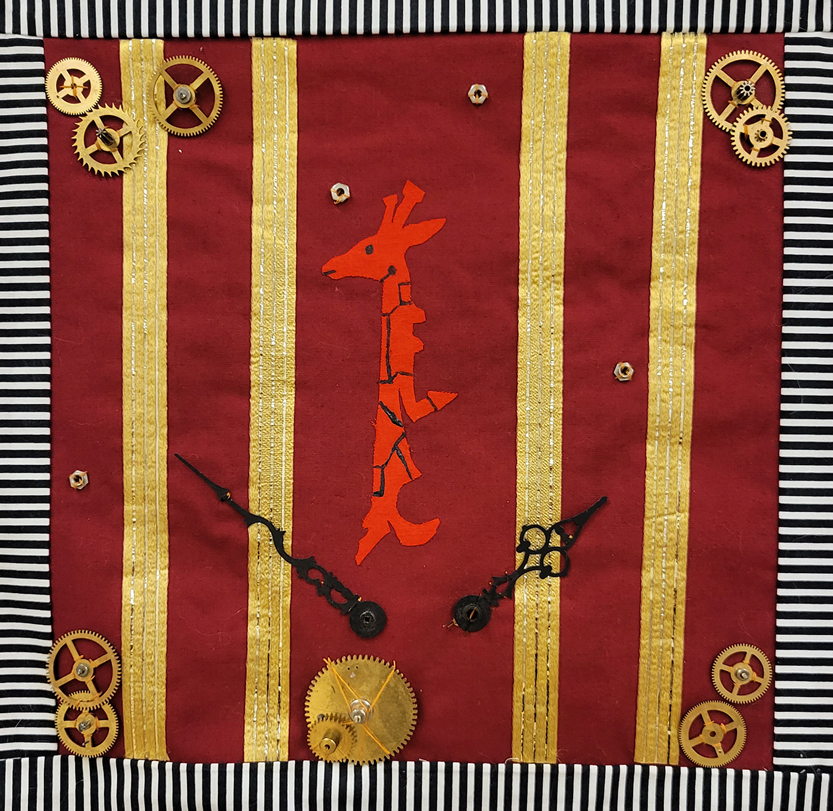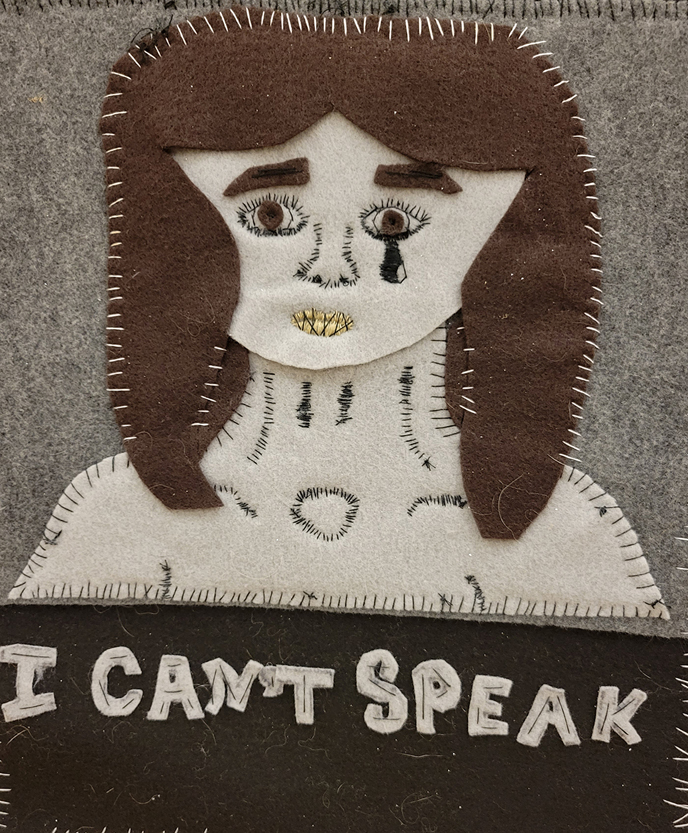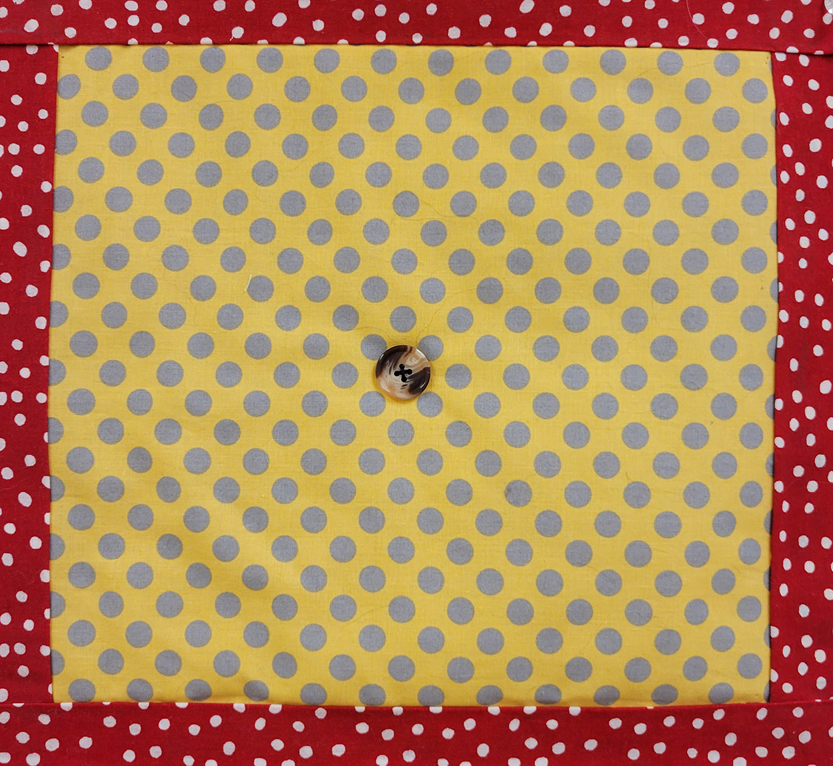Labors of Love exhibit draws on two decades of quilting squares influenced by female artists

It is an art exhibit 20 years in the making, and it brings into focus female artists whose work has historically been overshadowed by art made by men. Labors of Love is curated by Dr. Alisia Chase, whose Women in Art course requires students to make quilt squares to honor the women whose art they have studied throughout the semester. The exhibition will run from November 29 through December 11 in the Tower Fine Arts Center Gallery, 180 Holley Street, Brockport. The show is free and open to the public. Gallery hours for this exhibition are Monday through Friday, noon to 5 p.m.; and Sunday, 1 to 4 p.m. An opening reception will take place on Tuesday, November 29, at 4 p.m.
A symposium connected to the exhibit will also take place on November 29. Chase has invited five former students who took the class in the past to talk about their work as female creatives in the real world. Some are artists – one is a local restaurateur, one owns a clothing shop, one is an artist and a mother of six. A few will speak during the day’s Women in Art class from 11 a.m. to 12:15 p.m. (2205 Tower), followed by the remaining speakers from 2 to 3:30 p.m. in the Gallery, leading up to the official opening.
Chase has been teaching the course since 2002, her first year on the Brockport campus. Some of the quilt squares date back to that very first year she taught the course. She explains that the students “make the squares as part of their final project. The squares have to honor the life and/or work of one female artist they admire… We meet during the final week of the semester and have a metaphorical quilting bee, where everyone shares how they made their quilt squares and why they made the aesthetic/formal choices they did.” For the students, who are not necessarily art majors, “making the squares helps them understand how artists make formal choices about their medium that then affect the message.”
The students “have free rein, in their composition and iconography,” but they do have to follow Chase’s parameters that the piece include “at least one handmade element using sewing, knitting, crocheting, or some other type of technique associated with the domestic realm.” This helps students “begin to understand that these undervalued crafts made by women and typically denigrated as ‘women’s work’ – not worthy of the museum or the gallery – were actually time-consuming, well-designed, well-executed, and just as beautiful as the fine or high art made by men.” When combined with the knowledge that most “women’s work” was underappreciated and unpaid, students also reassess what the phrase “a labor of love” truly means.
There have been very few changes in the assignment over the past two decades. However, Chase currently allows students to include digital images that they print onto fabric, and that “now, instead of them writing a research paper about their artist, they write a lengthy blog post with photos of the artist’s works and their quilt square. Then they can all read and comment on each other’s blogs.”
Of course, if you are going to undertake a project in which you honor a female artist, you have to know who some of them are. For the past 10 years, Chase’s first assignment to her class is to “take out a piece of paper and write down the names of five female visual artists. The results are abysmal – the majority can’t name any, and are ironically, somewhat worse now than they were five or six years ago. The only difference is that while previously Georgia O’Keeffe was one of the few they could name, now it’s Frida Kahlo…but now they don’t know O’Keeffe. This can be disheartening, but my reward is that by the fourth week of class, they have already been introduced to at least 100 female artists they had never heard of, and the idea of choosing just one becomes challenging!”
Artists whom Chase considers her students’ favorites include “Mary Cassatt, Kahlo, and a young British artist Tracey Emin, whose highly confessional artwork is something young women always relate to. Looking at the similarities and differences in the Tracey Emin squares is revealing – you can always tell who the square honors, as Emin’s style is so distinctive, but the way they ‘honor’ her reveals more about their lives than hers. There are always two or three students a year whose work really amazes me due to its originality or effort.”
Provided information and photos




